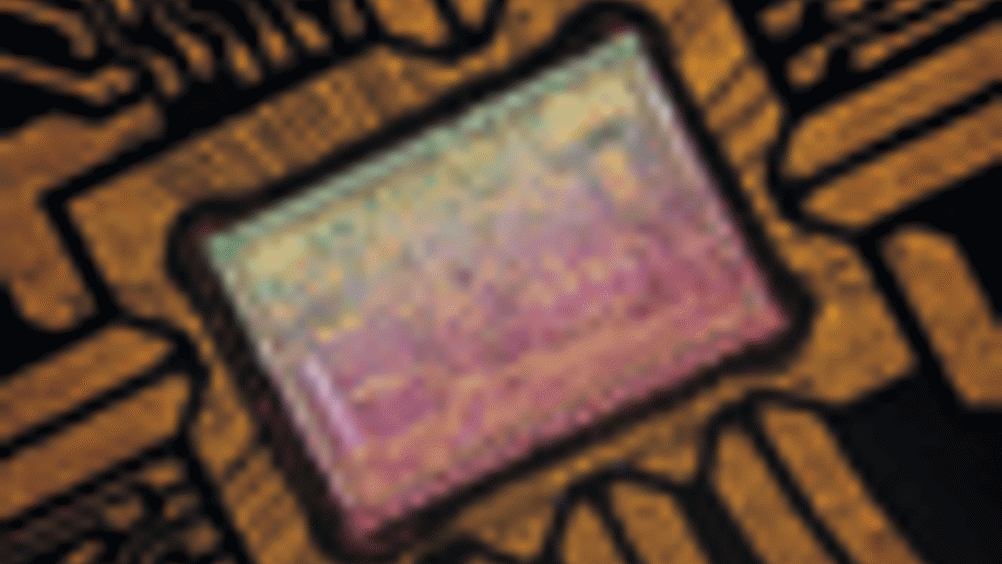Chips are up

As the demand for faster broadband internet grows, so does the need for technology that can handle ever-increasing amounts of data quickly and cheaply.
To meet this need a collaboration between
and microprocessor specialist
has developed a chip which, the companies claim, can handle 107Gb - the equivalent of two DVDs - every second, more than twice the current maximum rate.
Internet traffic is generally transmitted as light pulses along optical fibre, and therefore has to be converted back into an electrical signal for computers to do anything with it. But the amount of data that can be carried on an optical fibre is so great that before it can be converted, it has to be split into several signals at a lower rate.
These signals are converted individually and simultaneously by photodiodes. Moreover, the system needs a clock function which can detect the rate of the data transfer. All of these functions are performed by individual components, making the entire system extremely complex and expensive.
Register now to continue reading
Thanks for visiting The Engineer. You’ve now reached your monthly limit of news stories. Register for free to unlock unlimited access to all of our news coverage, as well as premium content including opinion, in-depth features and special reports.
Benefits of registering
-
In-depth insights and coverage of key emerging trends
-
Unrestricted access to special reports throughout the year
-
Daily technology news delivered straight to your inbox










UK Automotive Feeling The Pinch Of Skills Shortage
Aside from the main point (already well made by Nick Cole) I found this opinion piece a rather clunking read: • Slippery fish are quite easy to...